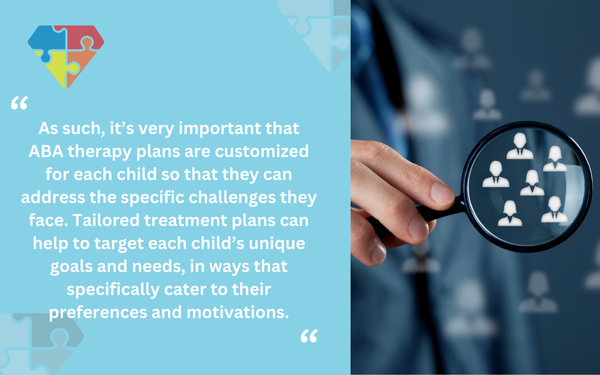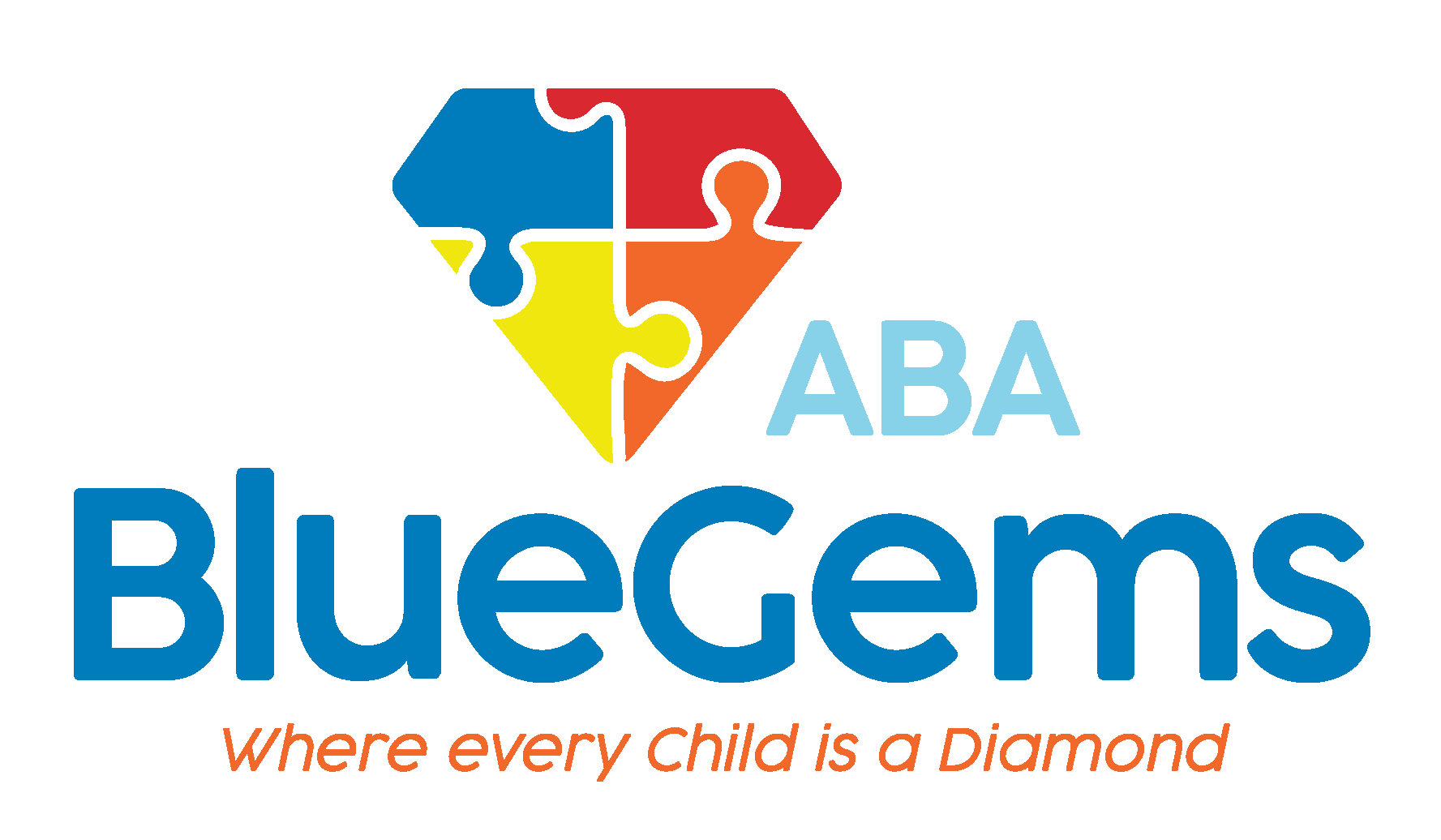Why is ABA Therapy Customized for Each Child?
Applied behavior analysis (ABA therapy) is considered to be the leading treatment plan for children with autism spectrum disorder (ASD). Based on scientific evidence about learning and behavior, ABA therapy uses many different strategies, techniques and tools to help children with autism build social and communication skills, while also modifying certain negative behaviors.
There are many concepts that are at the root of all ABA therapy plans. This includes breaking down skills into smaller and manageable steps, using visual aids such as social stories, and incorporating positive reinforcement to reward children for successfully learning skills while keeping them engaged and active in learning more.
A vital aspect of ABA therapy, and one that plays a big role in its effectiveness, is the fact that all treatment plans are customized to each individual child’s unique strengths, challenges and preferences. But, why is this so important?
In this article, we’ll discuss why ABA therapy is customized for each child.
Table Of Contents
Why Are ABA Therapy Plans Customized for Each Child?
All children are unique, regardless of their developmental abilities. While there are certain common symptoms of ASD, children can be affected by their autism in dramatically different ways. This is why it’s referred to as a “spectrum” today.
As such, it’s very important that ABA therapy plans are customized for each child so that they can address the specific challenges they face. Tailored treatment plans can help to target each child’s unique goals and needs, in ways that specifically cater to their preferences and motivations.

Building communication and social interaction skills is often a general goal of ABA therapy, but what that looks like for one child with autism could look significantly different than what it looks like for another.
For example, some children on the autism spectrum can speak but are just behind their neurotypical peers, while others are completely non-verbal. The communication goals that are set for these two children, then, are likely to be completely different.
This requires an intense level of personalization, as a more generalized approach would likely not result in good outcomes.
How is ABA Therapy Customized for Each Child?
Before any ABA therapy treatment plan is crafted, there is an initial evaluation period that takes place between the provider and the child, with the input and participation of parents, caregivers, family members and other people responsible for the child.
During this evaluation, ABA therapy teams will assess the child’s individual needs by speaking with the parents, observing the child and interacting with them as well. They will also use information and data provided to them through previous assessments, especially from the provider who issued the ASD diagnosis and prescribed the ABA therapy treatment.
In addition to the need and challenges, ABA therapists will look to identify some of the strategies and tools that might work best for the child during the treatment. This could be based on their learning style, how they react to different prompts and more.
The assessment process will also help therapists gauge what they might want to use as rewards for the child. ABA therapy uses positive reinforcement as a way to recognize the child for successfully learning skills and to encourage them to keep learning more.
| Reason | Explanation |
|---|---|
| Every child is unique | Autism affects individuals differently, so no one-size-fits-all plan works. |
| Tailored goals | Communication and social skill goals vary widely among children. |
| Effective reinforcement | Rewards are personalized to increase engagement. |
| Continuous adaptation | Plans evolve as the child progresses. |
How Else Are ABA Therapy Plans Customized?
The information gleaned from the initial evaluations will be worked into each child’s personal ABA therapy plan. However, this plan is not set in stone forever.
Another key aspect of ABA therapy is that it is flexible and adaptable over time, based on the child’s progress toward goals. If the child is responding well to certain strategies, tools and reinforcements, then the plan will evolve to integrate more of that as the child is taught more complex skills.
If, however, they are struggling to reach a certain goal or aren’t responding to certain strategies, for instance, then the treatment plan will be changed to address this.
As therapy sessions are ongoing, therapists will be collecting a lot of data, which they will then assess at a later time to be able to evaluate the effectiveness of the treatment plan. This data enables the therapy team to make informed decisions based on fact so that they can continue to customize the ABA therapy plan based on where the child is at that moment.
Blue Gems ABA Customizes All Treatment Plans to Individual Children
Personalization and customization are a vital aspect of ABA therapy. The fact that each child gets a treatment plan that specifically caters to their unique strengths, challenges and preferences is a major reason why it’s such an effective treatment in the first place.
At Blue Gems ABA, our team of experienced therapists customize all ABA therapy treatment plans to each individual child. We thoroughly evaluate and assess children to create initial treatment plans, and constantly collect and analyze data to ensure the plans are appropriate for each child every step of the way.
To learn more, please contact us today.




